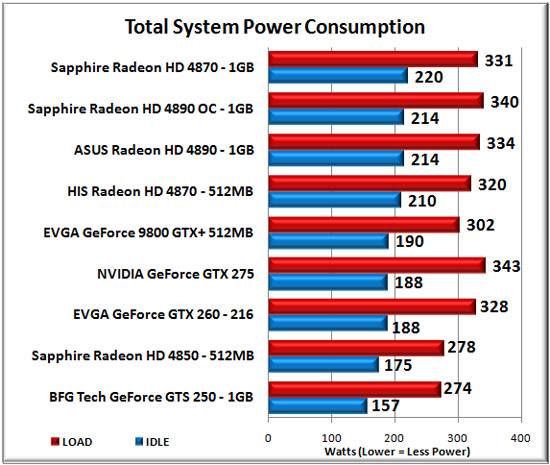

But it is not always possible or desirable to install a second card whereas the dual-processor GeForce GTX 295, besides its low availability, has such shortcomings as a high price and a high level of power consumption. This problem can be solved by installing a second graphics card into the computer and using it as a PhysX accelerator Nvidia’s drivers offer this opportunity. If one and the same computing core is used for both 3D graphics and physics computations, these tasks will conflict, competing for the GPU’s resources and the GPU may prove to be unable to deliver a high enough frame rate in a 3D scene that is graphically complex and also features advanced physical effects. The actual pixel fill rate is also dependant on lots of other factors, especially the memory bandwidth of the card - the lower the bandwidth is, the lower the ability to reach the maximum fill rate.It should be noted that the type of computations required to process physical effects in video games is an ideal match for the architecture of modern GPUs from both ATI and Nvidia. ROPs (Raster Operations Pipelines - also called Render Output Units) are responsible for outputting the pixels (image) to the screen. The number is worked out by multiplying the number of ROPs by the the core speed of the card. Pixel Rate: Pixel rate is the maximum number of pixels that the graphics card can possibly write to its local memory in one second - measured in millions of pixels per second. It is measured in millions of texels per second. The higher the texel rate, the better the video card will be at handling texture filtering (anisotropic filtering - AF). This is worked out by multiplying the total texture units by the core clock speed of the chip. Texel Rate: Texel rate is the maximum texture map elements (texels) that can be processed per second. It especially helps with AA, HDR and higher screen resolutions. The higher the bandwidth is, the faster the card will be in general. If it uses DDR memory, it should be multiplied by 2 once again. It is calculated by multiplying the card's interface width by its memory speed.

Memory Bandwidth: Memory bandwidth is the largest amount of information (counted in megabytes per second) that can be moved over the external memory interface within a second.


 0 kommentar(er)
0 kommentar(er)
